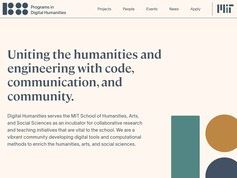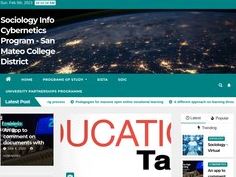Digital storytelling has been adopted in higher education, particularly more so in the United States, where some educators use it as a method of building engagement and multimedia literacy. While the Bay Area Video Coalition employs digital storytelling as a means of engaging and empowering at-risk youth, faculty and graduate students at the University of Houston have created a website called the Educational Uses of Digital Storytelling which focuses on the use of Digital Storytelling by teachers and their students across multiple content areas and grade levels. Ball State University has even developed a masters program in Digital Storytelling, as does the University of Oslo.
Digital story and storytelling is more than just a technology or an art form, it is about engaging community, promoting intergenerational communication, as well as providing an innovative method of historical research.


